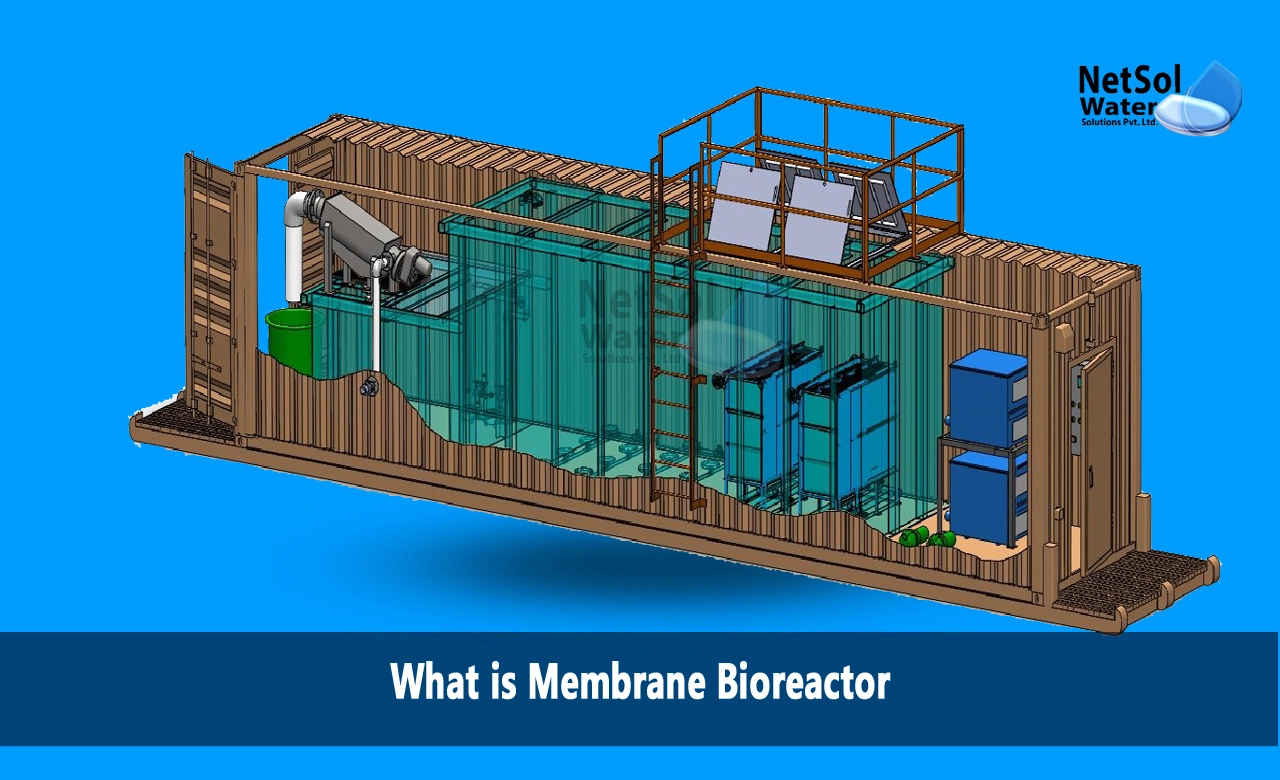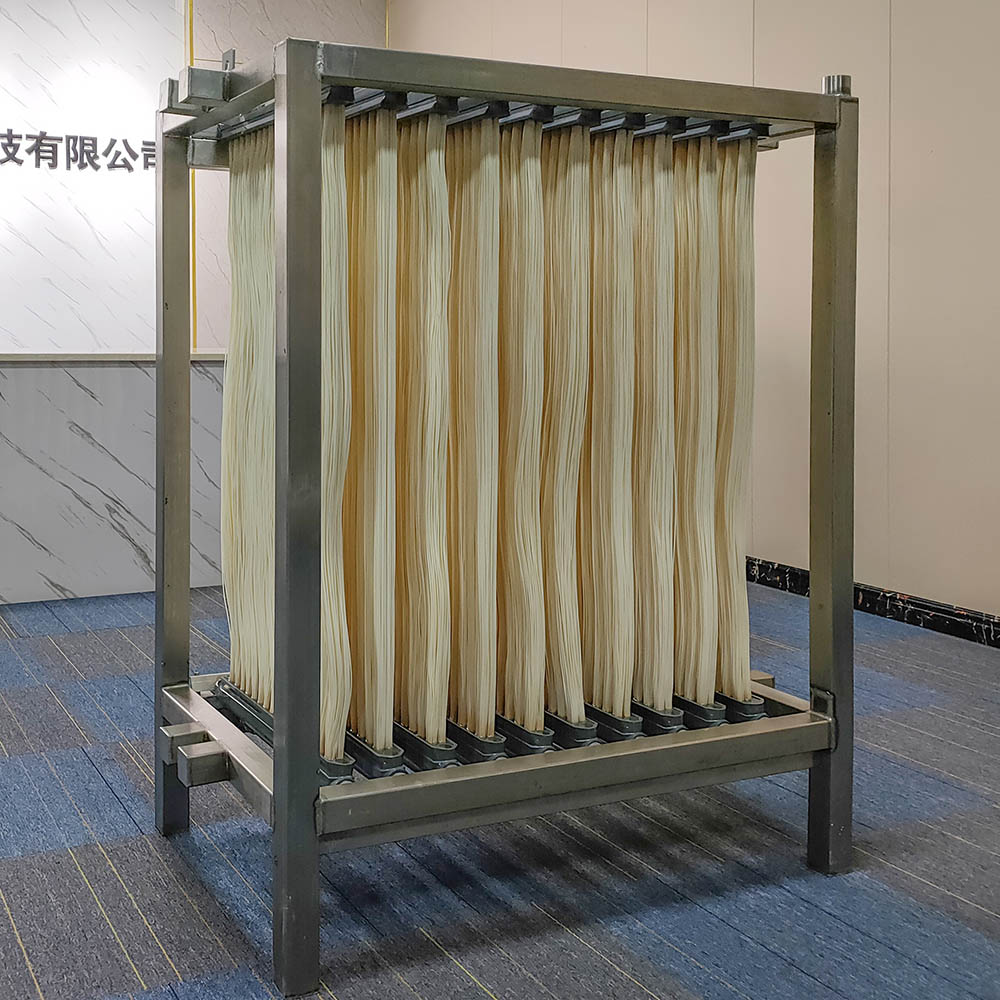Why Membrane Bioreactor Solutions Are Ideal for Sustainable Water Treatment
Why Membrane Bioreactor Solutions Are Ideal for Sustainable Water Treatment
Blog Article
Membrane Layer Bioreactors Clarified: Effective Solutions for Clean Water
Membrane bioreactors (MBRs) have actually arised as an advanced remedy for resolving the pushing obstacles of wastewater treatment. By incorporating biological procedures with sophisticated membrane layer purification, MBRs not only boost the quality of cured water however additionally lower the spatial requirements of therapy facilities. As ecological worries magnify, the function of MBR modern technology in promoting sustainable water administration ends up being progressively significant. However, the complexities of their operation, advantages, and potential applications warrant a closer examination to totally recognize their effect on the future of water therapy.

What Are Membrane Layer Bioreactors?
Membrane bioreactors (MBRs) are sophisticated wastewater treatment systems that combine organic degradation procedures with membrane filtration technology. This integration enables the effective elimination of impurities from water, making MBRs a recommended option in numerous applications, including community wastewater therapy and commercial effluent administration.

One of the essential advantages of MBRs is their capability to produce top quality effluent, usually ideal for reuse in irrigation or industrial procedures. In addition, MBRs need a smaller footprint contrasted to standard therapy systems, making them suitable for urban setups where space might be restricted.
In addition, MBRs can properly handle differing influent tons and are much less susceptible to the impacts of harmful shocks. These qualities contribute to their expanding appeal as a sustainable remedy for attending to the boosting need for clean water while decreasing environmental impacts.
Just How Membrane Layer Bioreactors Work
While the operation of membrane layer bioreactors (MBRs) might appear complex, it fundamentally focuses on the harmony in between organic processes and membrane layer filtration. MBRs integrate an organic therapy process, commonly turned on sludge, with a membrane separation unit to treat wastewater efficiently.
In an MBR system, wastewater is first presented into a bioreactor where microorganisms weaken natural matter and other pollutants. The biological activity reduces the concentration of toxins while promoting the growth of biomass. Following this biological therapy, the combined liquor is subjected to membrane layer filtering, which can be microfiltration or ultrafiltration, depending on the desired effluent high quality.
The membrane layers function as a physical obstacle, enabling water and little solutes to pass while keeping suspended solids and bigger molecules. This enables the system to preserve a high concentration of biomass within the reactor, improving the treatment performance.
Furthermore, the continual splitting up of cured water from the biomass helps with a portable layout and decreases the impact of the therapy facility. Overall, the combination of organic degradation and membrane filtering in MBRs causes efficient and trusted wastewater treatment, ensuring premium effluent ideal for different applications.
Advantages of MBR Innovation
One of the crucial benefits of membrane bioreactor (MBR) technology is its capacity to generate premium effluent with a dramatically lowered footprint contrasted to traditional wastewater therapy methods. MBR systems efficiently combine biological therapy and membrane layer filtration, leading to exceptional elimination of impurities, including suspended solids, virus, and raw material. This capability causes effluent that frequently satisfies or exceeds browse around here rigid regulatory standards for reuse and discharge.
Additionally, MBR innovation enables greater biomass concentrations, which enhances the treatment efficiency and decreases the needed reactor quantity. This portable style is especially useful in city areas where room is limited. The functional adaptability of MBR systems additionally implies they can adapt to varying influent top qualities and flow prices, making them suitable for a vast array of applications.
In addition, the minimized sludge production linked with MBR procedures contributes to reduce functional and upkeep expenses. The membranes work as a physical obstacle, decreasing the danger of clogging and making it possible for longer functional durations in between cleaning. Overall, the benefits of MBR technology make it an appealing remedy for sustainable wastewater therapy, dealing with both environmental concerns and the need for efficient source management.
Applications of Membrane Bioreactors
With their flexibility and efficiency, membrane layer bioreactors (MBRs) find applications throughout different industries, including local wastewater therapy, commercial procedures, and even water recovery. In municipal settings, MBRs provide a small remedy for treating wastewater, effectively removing pollutants while simultaneously generating high-grade effluent that meets stringent governing standards. This makes them especially appropriate for areas with limited space.
In industrial applications, MBR technology is utilized for dealing with procedure water, specifically in industries such as food and drink, drugs, and petrochemicals. These sectors take advantage of MBRs' Website capability to deal with high organic tons and their effectiveness in recovering important sources from wastewater, such as nutrients and water.
Furthermore, MBRs play a vital function in water improvement campaigns, allowing the reuse of dealt with wastewater for irrigation, commercial procedures, or perhaps as drinkable water after additional treatment (Membrane Bioreactor). Their efficiency in eliminating toxins and microorganisms makes them a trusted selection for making sure water top quality in different reuse applications
Future of Water Treatment Solutions
The future of water therapy solutions is positioned for transformative innovations driven by technological advancement and raising ecological understanding. As international water shortage ends up being a pushing concern, new methods, consisting of membrane layer bioreactor (MBR) systems, are established to play a crucial duty in improving the effectiveness and sustainability of water treatment procedures.
Emerging modern technologies such as man-made intelligence and device discovering are anticipated to optimize therapy operations, enabling real-time surveillance and predictive upkeep. This will certainly improve the total reliability and effectiveness of water therapy facilities. Improvements in membrane materials, such as graphene and nanofiltration, assure to enhance permeation rates and lower fouling, leading to lower power consumption and functional costs.
Furthermore, the integration of renewable power sources right into water treatment plants will certainly add to greener methods. The round economic situation version will certainly likewise gain traction, motivating the recuperation of important sources from wastewater, such as nutrients and power.
Final Thought

Membrane layer bioreactors (MBRs) have emerged as an advanced option for resolving the pushing difficulties of wastewater therapy. By incorporating biological processes with innovative membrane layer filtration, MBRs not just improve the high quality of treated water however also reduce the spatial demands of therapy facilities.One of the essential benefits of membrane bioreactor (MBR) technology is its ability to produce top notch effluent with a significantly decreased footprint contrasted to traditional wastewater treatment approaches.With their convenience and efficiency, membrane bioreactors (MBRs) discover applications throughout different their explanation sectors, including local wastewater treatment, commercial processes, and even water reclamation.In verdict, membrane layer bioreactors stand for a significant improvement in wastewater treatment technology, incorporating biological procedures with reliable membrane purification to generate top quality effluent.
Report this page